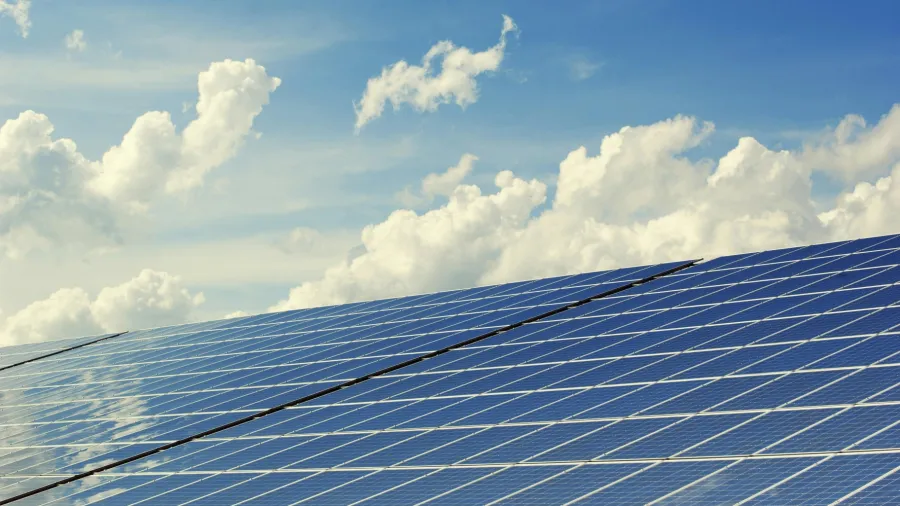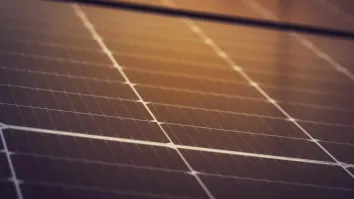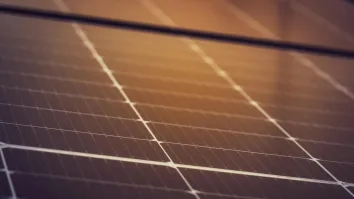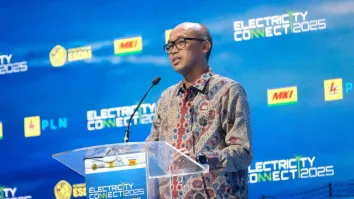
India's solar cell manufacturing capacity to surge five-fold by 2027
Thanks to the country’s supportive policy.
The solar cell manufacturing capacity of India is expected to reach 50 to 55 gigawatts (GW) by fiscal 2027, up five-fold from 10 GW at the end of fiscal 2024, according to Crisil Ratings.
In a statement, Crisil said the expansion will be fueled by the government’s programmes, such as the “Make in India” initiative that aims to reduce reliance on cell and module imports.
“The expansion will entail a capital expenditure (capex) of INR 28,000 to INR 30,000 crore, likely to be funded through a 70:30 debt-equity mix. That said, healthy balance sheets and robust cash accrual will support credit quality,” it said.
India's solar module production capacity increased to 60 GW by March 2024 from 7 GW in March 2020. This boosted domestic supply, cutting module imports to about 25% of consumption this fiscal year from 45% previously.
Meanwhile, cell imports, mainly from China, remain high at around 80%.
“With domestic cell supply inadequate, import dependence could rise given likely renewable capacity addition. Crisil Ratings expects 60 to 65 GW of solar capacity to be added over the two fiscals by 2027,” it said.
Increased cell production capacity will boost self-reliance and integration. For example, manufacturing cells domestically allows India to capture 70%-80% of module costs within the country, compared to just 40%-50% without domestic cell production.
At current price levels, the locally manufactured cells are expected to be 80%-90% pricier than imported ones because of the higher conversion cost of wafers to cells, given the lower economies of scale in India initially and dumping by China.
“Therefore, continued policy support in the form of non-tariff barriers such as [Approved List of Cell Manufacturers] and [Approved List of Models and Manufacturers] is crucial to prop up demand for domestically manufactured cells and modules,” Crisil said.
“Plus, changes in the US trade policies following the recent regime change and disruptions to wafer supplies, which are largely imported from China, will bear watching,” it added.

















 Advertise
Advertise








